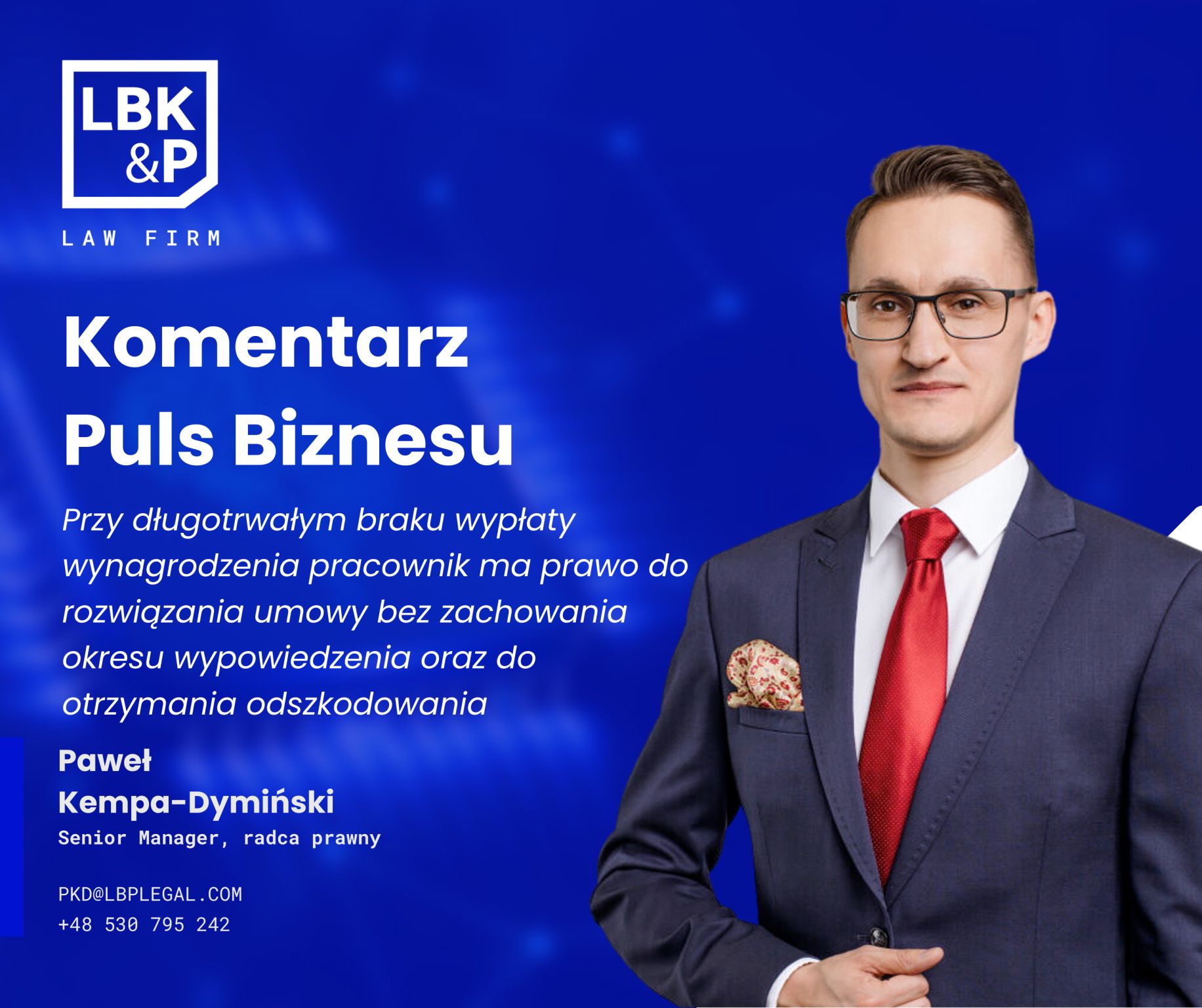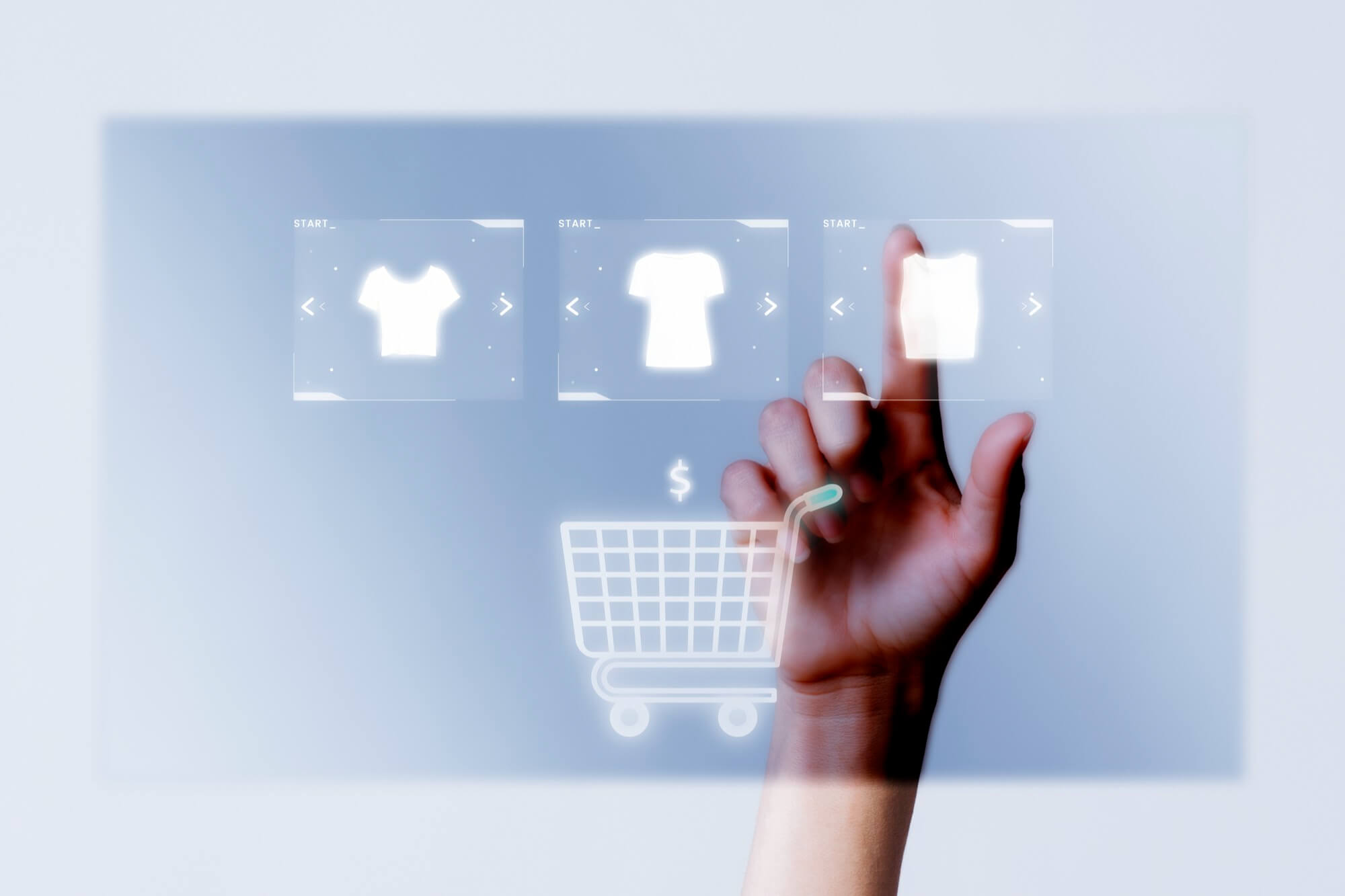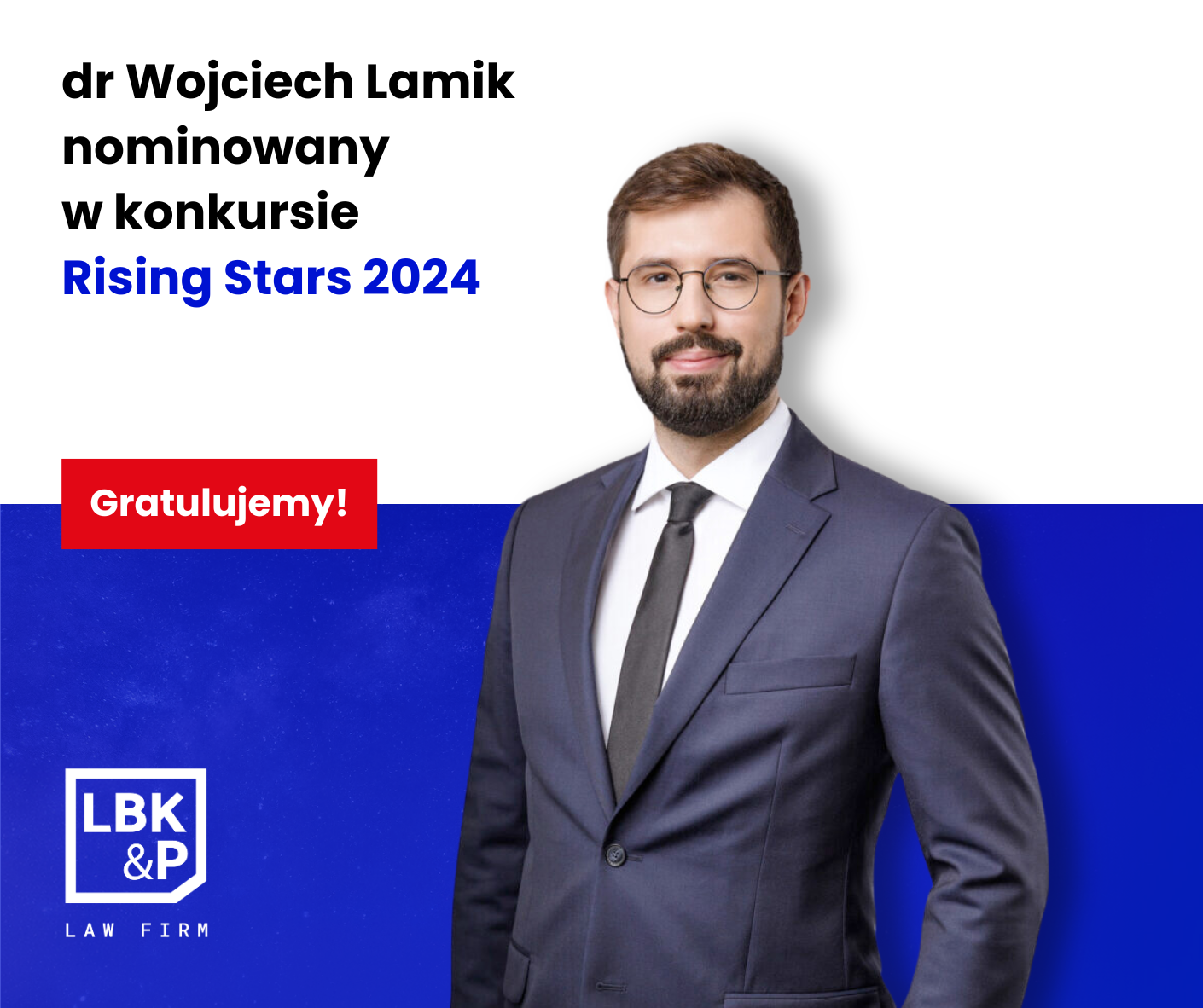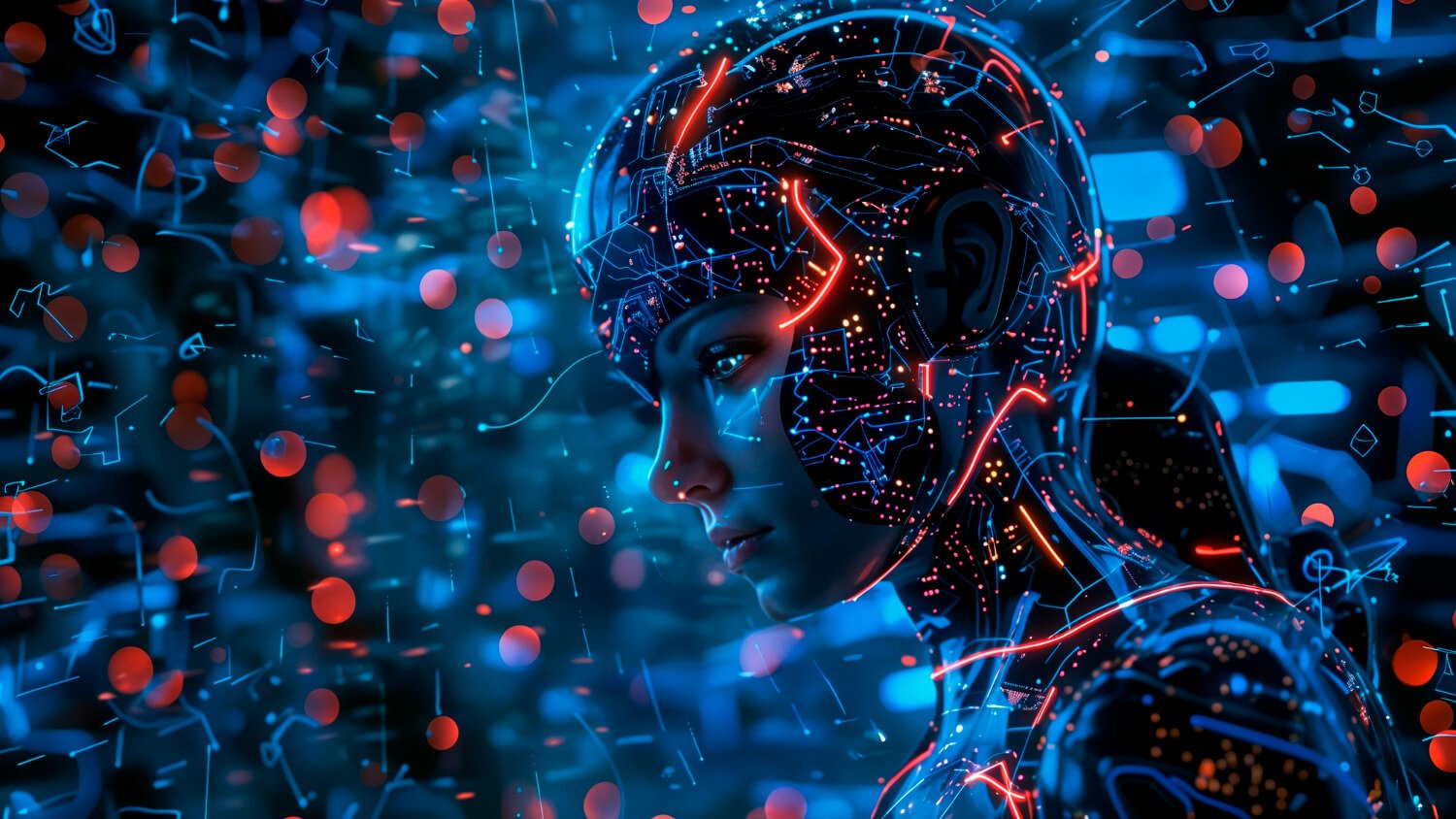In recent years, the development of artificial intelligence (AI) has revolutionised technology and the fields of arts and culture, while at the same time posing challenges around the law of new technologies, copyright and ethics in AI-generated creations. Can music created by platforms such as Suno AI be sold? Is it legal, and what is the copyright issue in the context of new technologies?

Source: www.suno.com
Brief on Suno AI
One popular platform that uses artificial intelligence to create music is Suno AI. It allows users to customise compositions through instrument selection, arrangement and sound effects, making it a tool for both amateur and professional musicians.
AI has increasingly caused controversy in art competitions such as the Colorado State Fair and the Sony World Photography Awards, where its use has undermined the integrity of the competition. Despite the doubts, the US National Academy of Recording Arts and Sciences has announced that songs using AI are eligible to compete for a Grammy award, provided that artificial intelligence does not play a dominant role in them. The fact is that the use of AI in the art world creates room for various abuses. Examples of fraud include the generation of images, texts or photos by AI, forcing organisers to update rules and regulations and use tools to detect content created by algorithms.
While AI can foster creativity, its misuse poses legal, ethical and fair competition challenges.

Source: www.suno.com
Are Suno AI songs legal and can they be sold?
Free users of Suno AI can only create music for non-commercial use, while subscribers to the Pro and Premier plans have the right to monetise it according to the platform’s terms and conditions. Choosing a paid plan allows commercial use of the songs and reduces legal risks.
Free users must always acknowledge Suno AI’s authorship when publishing all their creations (e.g. by briefly stating ‘Created with Suno’) – paid users may or may not do so.
Is it possible to monetise Suno AI on YouTube?
If a user wants to use music created with Suno AI on YouTube and monetise it, there are some legal issues to consider. Using the free Suno AI plan only allows you to create music for non-commercial purposes, so you cannot monetise these tracks on YouTube. In order to have the right to monetise, you need to upgrade to a paid subscription plan (Pro or Premier), which allows commercial use, including monetising YouTube ads, as long as you comply with Suno AI’s terms of service. It is important to create your own lyrics and, when using copyrighted song lyrics, you must obtain the appropriate permissions to do so to avoid legal issues.

Legal risks – does Suno AI have any limitations?
Who should be considered the owner of a song created by AI? – Copyright.
As the law currently stands, authorship is attributed to humans, which complicates the situation for music generated by algorithms. The owner could be the software developer, the user using the AI or, in theory, the AI itself. There have already been court cases in the US and EU that are beginning to frame these discussions, but there are no clear standards.
In the context of Suno AI, the owner of the created song becomes Suno AI in the case of free users. Paid subscribers become the owners of songs created using Suno AI. However, what is cleverly referred to by Suno as ‘ownership’ does not imply full copyright ownership of Sunu AI’s creations.
Using the lyrics of well-known songs, even in the case of AI-created music, can lead to copyright infringement. Original lyrics remain protected by copyright, and using them without the appropriate licences may have legal consequences and may outweigh potential profits.
Copyright offices, such as the U.S. Copyright Office and ZAiKS, are developing guidelines for the notification of AI-created works to define precisely what can be protected by copyright and what information is required for registration.
ZAiKS on the copyright of works created by AI
On 11 June 2024, ZAiKS (the Association of Authors and Stage Composers) announced that works created solely by artificial intelligence will not be protected by copyright or subject to licensing. Only human-created works will be protected by law, and AI-supported works in which the creator has freedom of choice may be registered under the existing rules.
In March 2023, the US Copyright Office published guidelines for the registration of AI-assisted works, which specify that works created solely by AI are not protected by copyright. Creators must document their substantial contribution to the creative process and clearly identify the extent to which AI was used in the creation of the work.
Plagiarism versus inspiration – is it legal to rework songs?
Music generated by AI is often based on the analysis of existing songs, which updates the risk of accusations of plagiarism. If the generated song resembles a copyrighted work too closely, a conflict may arise. It becomes crucial to determine what originality criteria should apply in the assessment of AI-generated works.
Intellectual property of databases
AI, including Suno AI, learns from vast amounts of music data. The use of this data may infringe the copyright of its original creators if appropriate licences are not obtained. Regulations enforcing transparency in the process of training models could help solve this problem, but global standards are still lacking.
Music created by artificial intelligence. Enforcement issues
Generating music on a massive scale, often anonymously and across borders, makes copyright enforcement difficult. An example of this is when songs created by AI are sold on digital platforms without the consent of the rights owners of the source material on which the algorithm has learned.
The boundary between an artist’s work supported by AI and a work created entirely by AI depends on the degree of human control and creative input. If the human’s role is limited only to initiating the process and all the rest of the work is done by AI, such a work will not be protected by copyright.

Music labels against Suno AI
The dilemma of whether AI reflects or copies musical ideas is just playing out before our eyes, raising questions about the limits of machine creativity.
Around 200 artists, including Billie Eilish and Nicki Minaj, have signed a letter calling for an end to the ‘predatory’ use of artificial intelligence in the music industry. The artists expressed concerns that AI could threaten their work and artistic values, demanding copyright protection and fair treatment for creators.
Lawsuits for using songs to train AI models
On 24 June 2024, the Recording Industry Association of America (RIAA) filed two lawsuits alleging copyright infringement of sound recordings allegedly copied and used without permission to train genAI’s music generation tools Suno and Udio, seeking damages of up to $150,000 for each infringed work. Music labels such as Sony Music, Universal Music and Warner Music, which represent the interests of copyright owners of sound recordings, are also plaintiffs in the case.
Allegations include the use of protected works to train AI models without the consent of the rights holders and the generation of music that mimics the style and work of artists, which may mislead consumers. In the lawsuits, the labels are seeking three settlements: an acknowledgement of copyright infringement of sound recordings by both services, an injunction against further infringement and damages for infringements already committed.
The lawsuit points out that Suno and Udio create songs, such as ‘’, that are so similar to the original ABBA recordings that even the band’s most devoted fans would have difficulty distinguishing between them. Other songs mentioned in the lawsuit include Mariah Carey’s ‘All I Want for Christmas is You’ and ‘My Girl’ by The Temptations.

A ruling that will have an impact on the music industry
The RIAA’s chief legal officer, Ken Doroshow states that:
‘these are clear cases of copyright infringement involving unlicensed copying of sound recordings on a massive scale. Suno and Udio are attempting to hide the full extent of their infringements, rather than basing their services on solid and legal foundations. These lawsuits are necessary to reinforce the basic principles of responsible, ethical and legal development of generative AI systems and to end Suno and Udio’s blatant copyright infringement.’
Udio representatives claim that their system is designed to create music that reflects new musical ideas. In addition, they assure that the company has implemented and continuously improves advanced filters that prevent the copying of copyrighted songs and artists’ voices.
In a statement provided to Music Week, Mikey Shulman, CEO of Suno, said:
‘Suno’s mission is to enable anyone to create music. Our technology is groundbreaking; it is designed to generate entirely new results, not to memorise and repeat existing content. That’s why we don’t allow user queries relating to specific artists to be entered … Suno was created with new music, new applications and new musicians in mind. We value originality.’
The complaint against Suno is available here. The ruling could have implications for the development of AI and the music industry.
Suno AI – opportunities for the music industry in a legal context
Suno AI-generated music, offers exciting possibilities, but at the same time poses many challenges for the legal industry. Are the current regulations sufficient? We need innovative regulations that take into account the specificities of AI creation while protecting the interests of artists, producers and users.
Suno AI can become a catalyst for modern licensing agreements. Automated music generation enables the development of solutions such as end-user sub-licences, which allow the widespread use of works in multimedia projects. It is also possible to introduce automated cloud-based licensing that simplifies the process of obtaining approvals for music use, eliminating the need for time-consuming negotiations.
With AI technology, legal issues can become more efficient. Automation of licensing rights makes it easier to quickly obtain licences for advertising, games or audiovisual productions. An example is the generation of ‘sounds on demand’ by Suno AI, which allows small companies and individual creators to use professional music resources without having to invest in expensive productions.
Another important aspect is the possibility of creating open databases with AI-generated music. Regulatory support for such initiatives could increase the availability of music resources, which would have a positive impact on the development of culture and creativity.

The future of licensing?
International legal standards are needed to regulate the authorship and licensing of AI-generated music. One possibility is the introduction of new legal categories such as ‘co-created works with AI’.
Blockchain technology and smart contracts could simplify licensing issues by introducing transparency and automation in copyright. With these tools, the history of the generation and use of works could be tracked, ensuring that creators are appropriately compensated.
The discussion on the future of copyright and licensing in the age of artificial intelligence is just beginning. Collaboration between the legal, artistic and technological communities will be key to developing solutions that maximise the potential of AI while minimising the risk of conflict and abuse.
We look forward to hearing from you!
________________________________
Mateusz specialises in data protection, information security (with a particular focus on cybersecurity and privacy), e-commerce, IP, IT, AI systems, new technologies, contracts and consumer protection law matters.
- He advises on strategic issues, including data protection, within Polish and international capital groups (with particular emphasis on cross-border data transfers), e-commerce projects, artificial intelligence, ML in e-marketing, spam and infringement of personal rights on the internet.
- Mateusz is a frequent and valued speaker at conferences, seminars, advisory panels and workshops. He is the author of numerous publications on legal challenges involving data protection law matters and co-author of two books on privacy and data protection topics (“Personal Data Protection in HR Departments According to GDPR” and “Personal Data Protection in the IT Department”) published by PRESSCOM Publishing House. Mateusz is also the author of a book on the Digital Services Act.
- He worked for one of Poland’s largest law firms, where he led the Wroclaw office and headed the firm’s new technologies (TMT/GDPR) practice.
- LOB/industries served: IT, software, cloud computing (SaaS, IaaS, PaaS), web and mobile applications, IoT, AI, e-commerce, e-learning, e-sports, game development, marketing, influencer marketing, media, VR, AR, non-profit, advisory and consultancy, e-medicine, retail sales, manufacturing and extractive.



















